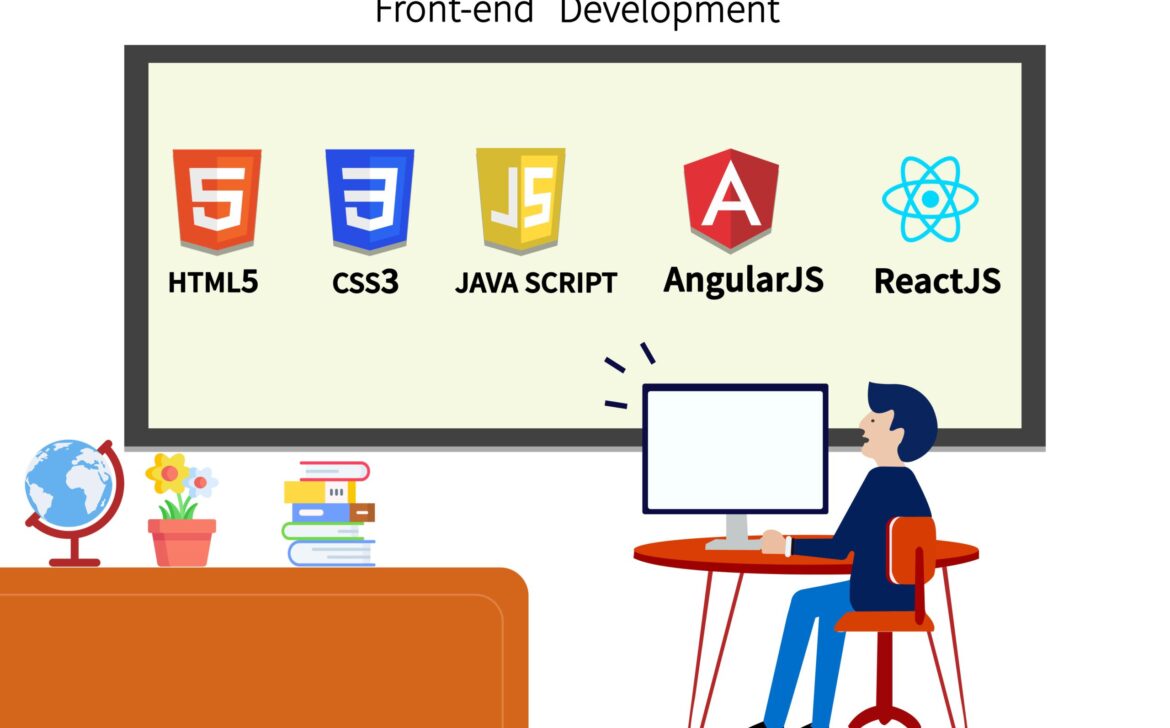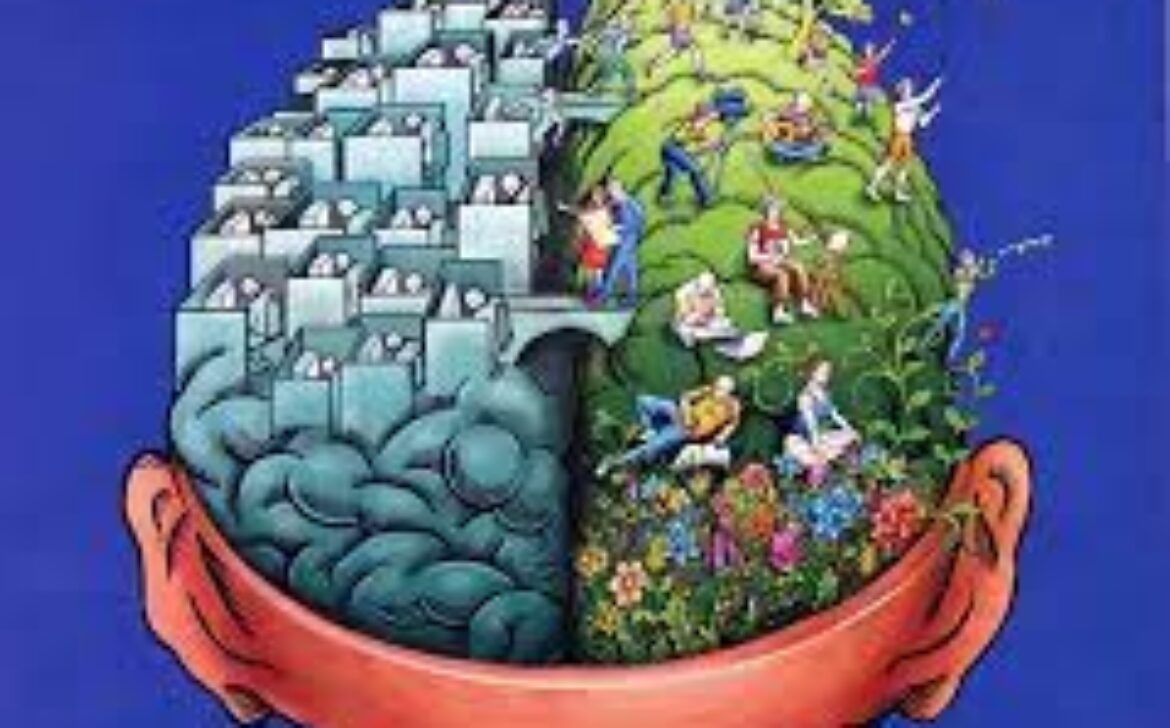Unveiling the Magic of Machine Learning: Transforming Data into Insights
In today’s data-driven era, the ability to extract meaningful insights from vast datasets has become essential for businesses and researchers alike. Enter machine learning, a branch of artificial intelligence that empowers computers to learn from data and make accurate predictions. Let’s explore the fundamental concepts and real-world applications that make machine learning a game-changer.

Understanding Machine Learning
At its core, machine learning involves training algorithms to recognize patterns in data and make informed decisions. These algorithms learn from historical data, identify trends, and create models that can be used to predict future outcomes. Whether it’s predicting customer behavior or analyzing medical images, machine learning excels in tasks where traditional rule-based programming falls short.
Types of Machine Learning
Machine learning can be categorized into supervised, unsupervised, and reinforcement learning. Supervised learning involves training models with labeled data to make predictions or classifications. Unsupervised learning, on the other hand, explores patterns within unlabeled data. Reinforcement learning focuses on training algorithms to make sequential decisions based on feedback from their actions.
Applications Across Industries
The impact of machine learning spans across industries. In finance, predictive models help detect fraudulent transactions and assess investment risks. Healthcare benefits from diagnostic assistance, disease prediction, and personalized treatment plans. Retailers leverage recommendation systems to enhance customer experiences, while manufacturers optimize processes through predictive maintenance.
Challenges and Opportunities
While machine learning offers immense potential, it also comes with challenges. Data quality, model interpretability, and ethical considerations are crucial aspects that need attention. However, as technology evolves, these challenges are being addressed with innovative solutions and responsible AI practices.
The Future of Machine Learning
The future of machine learning is promising. As algorithms become more sophisticated and accessible, businesses of all sizes can harness the power of data-driven insights. From self-driving cars to advanced language translation, machine learning will continue to shape our world in unimaginable ways.









